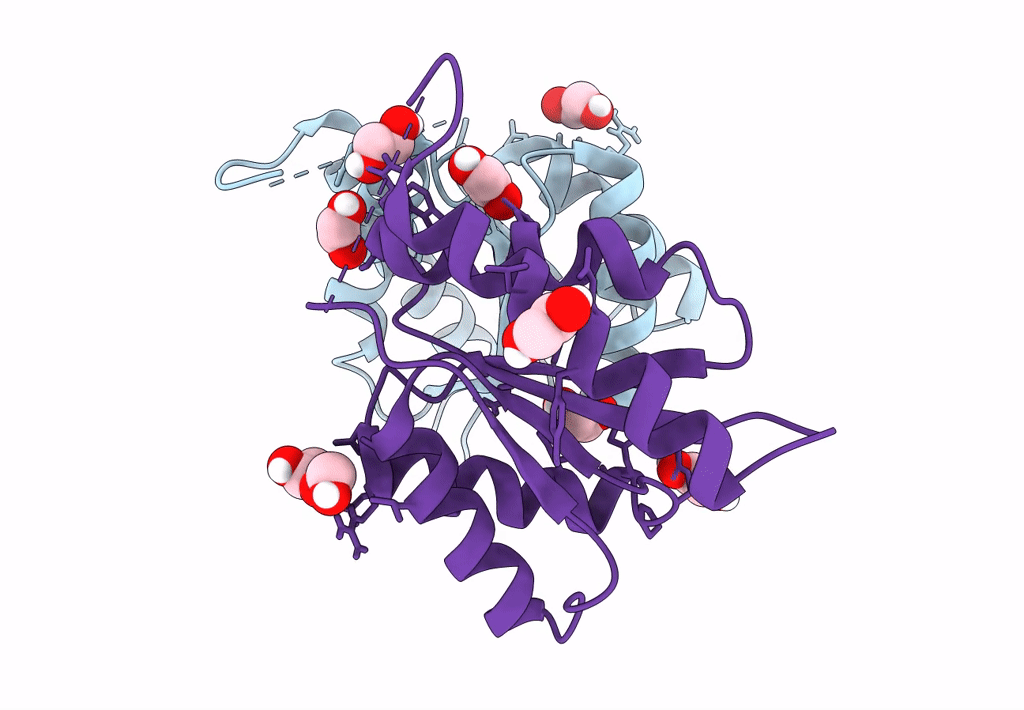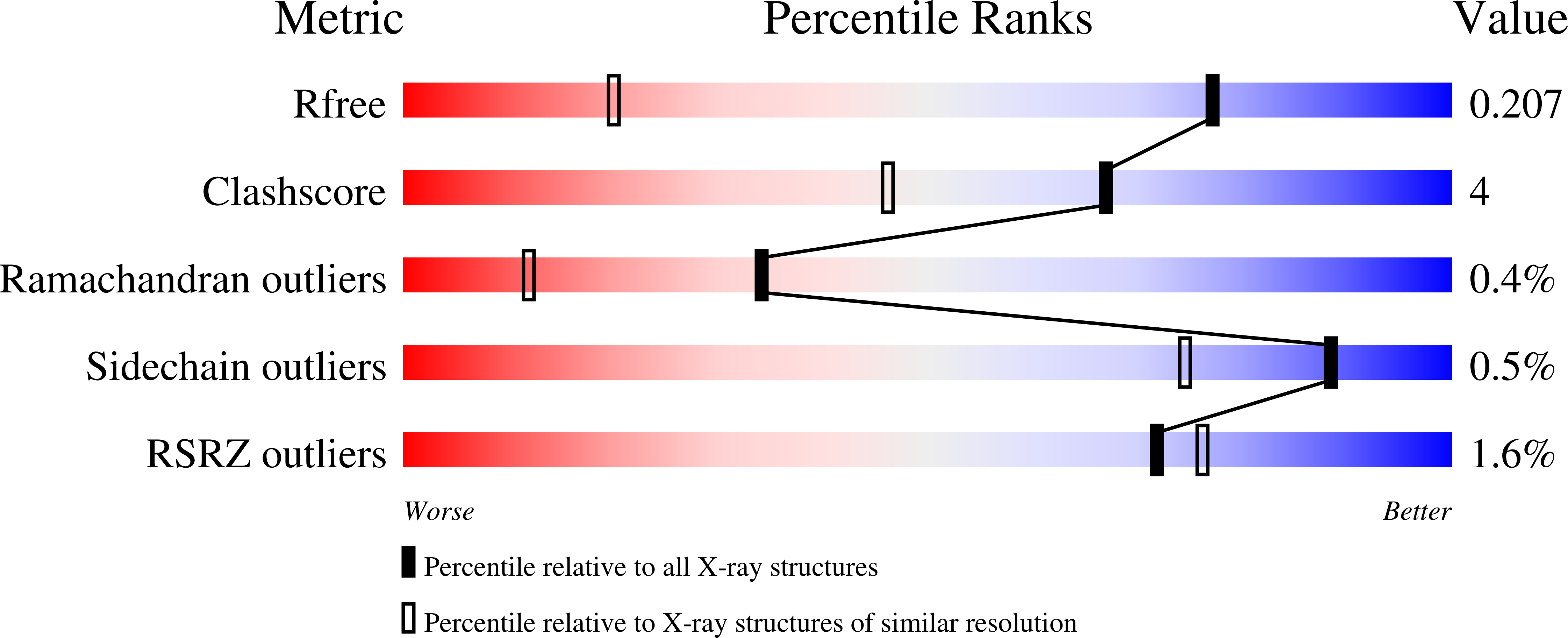
Deposition Date
2022-01-14
Release Date
2023-01-11
Last Version Date
2024-02-07
Entry Detail
PDB ID:
7QSP
Keywords:
Title:
Permutated C-terminal lobe of the ribose binding protein from Thermotoga maritima
Biological Source:
Source Organism:
Thermotoga maritima (Taxon ID: 2336)
Host Organism:
Method Details:
Experimental Method:
Resolution:
1.36 Å
R-Value Free:
0.21
R-Value Work:
0.17
R-Value Observed:
0.17
Space Group:
P 21 21 21


